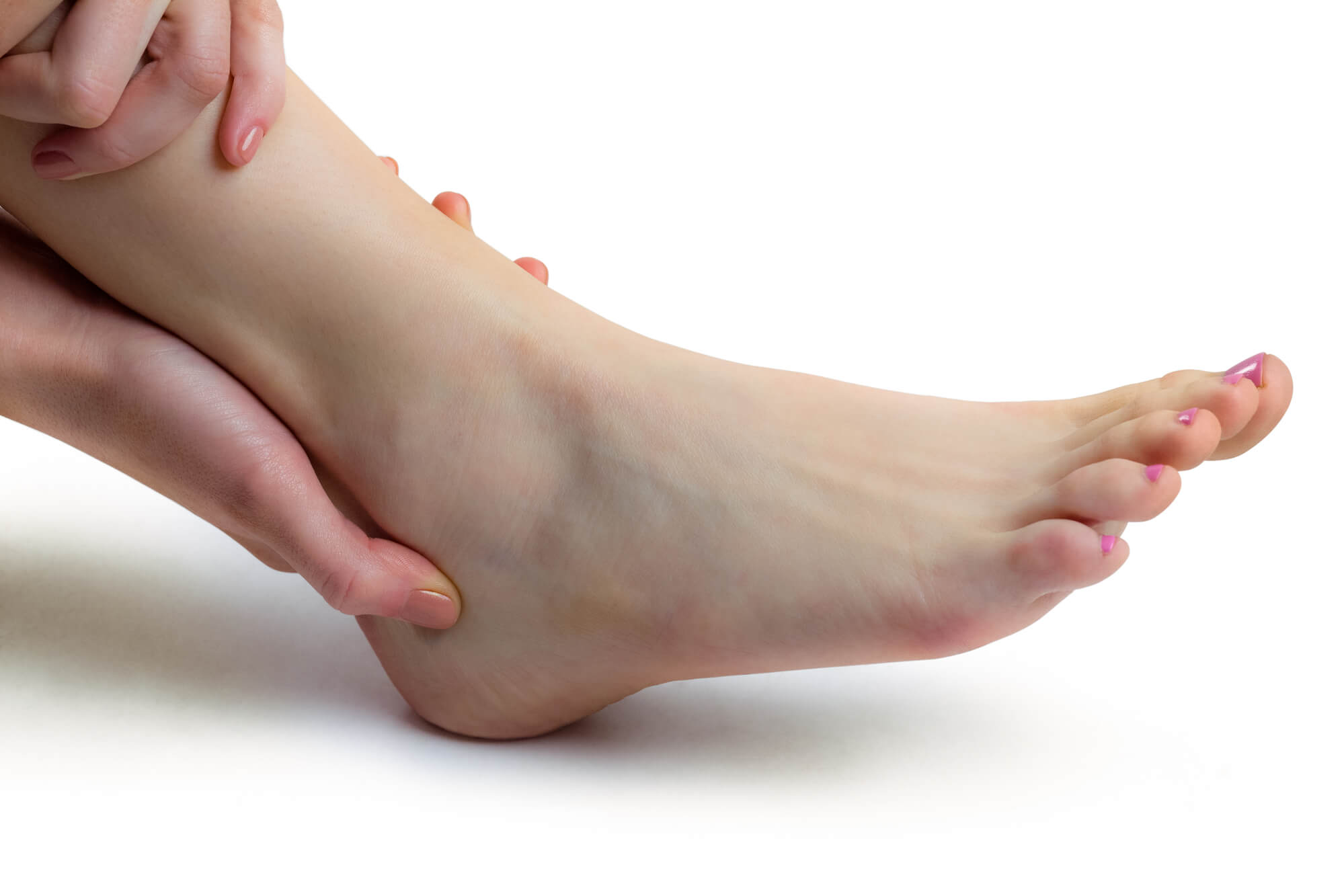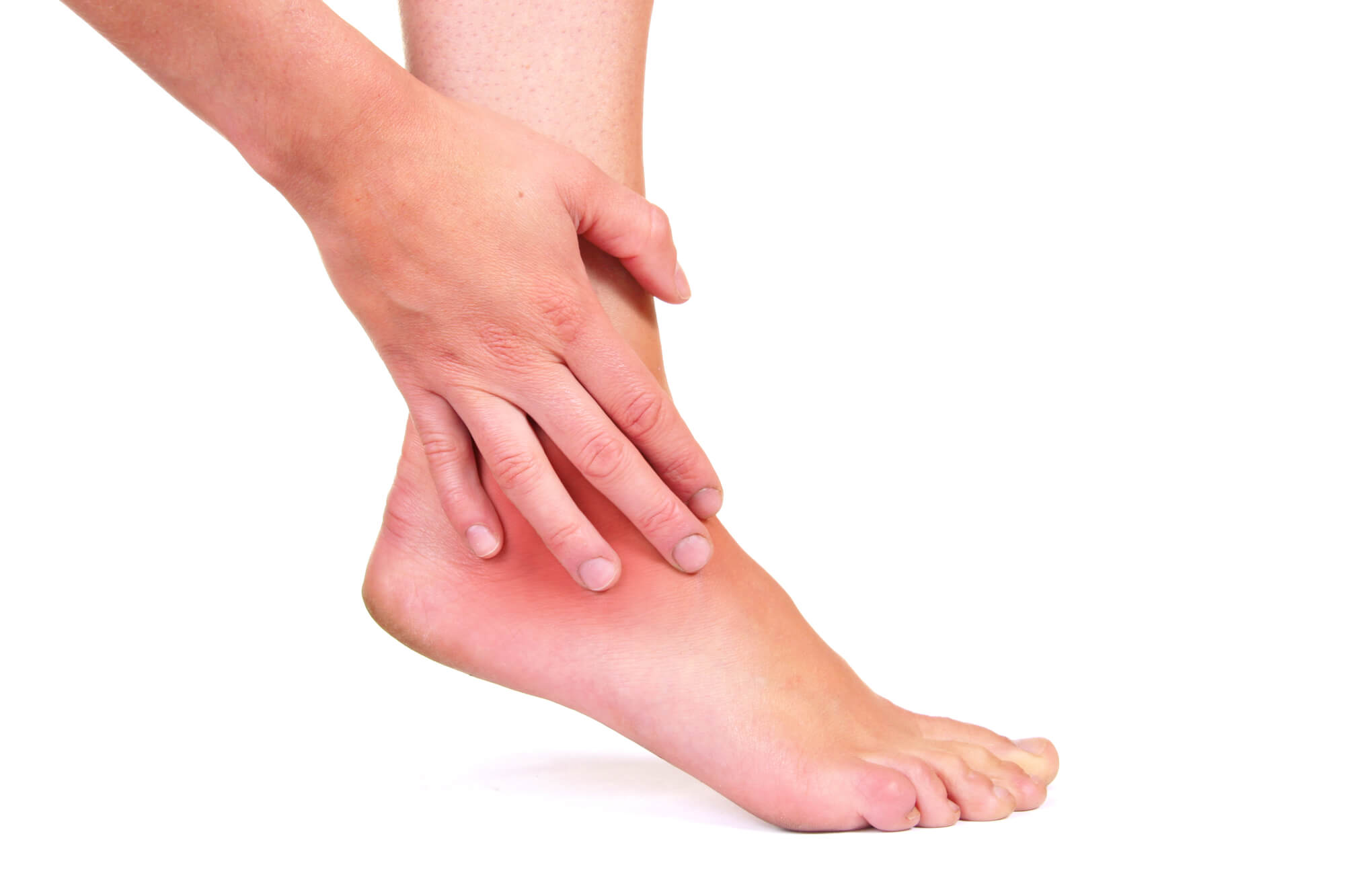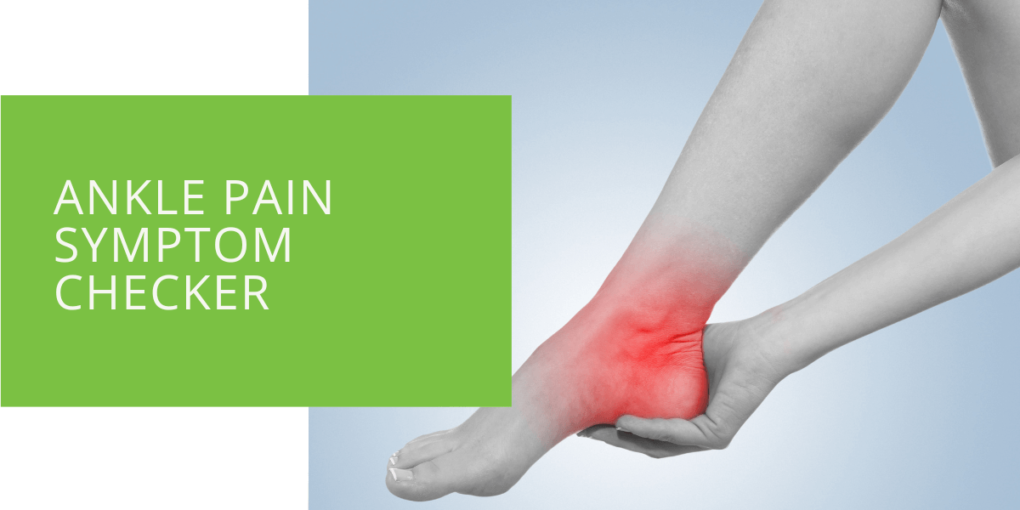Ankle Pain Symptom Checker
Ankle pain can be a debilitating condition that affects millions of people worldwide. Whether due to injury, overuse, or medical conditions, ankle pain can limit mobility and interfere with daily activities. It is essential to address ankle pain promptly to prevent it from becoming more severe and impacting your overall health. This article will provide you with an ankle pain symptom checker, discuss the common causes of ankle pain, and explain when to see a podiatrist. We will also share tips on preventing ankle pain and maintaining healthy foot and ankle joints. By the end of this article, you will better understand ankle pain and how to manage it effectively.
Ankle Pain Symptom Checker
To determine the possible causes of your ankle pain, you need to answer specific questions about location, severity, and duration. Here are some questions to ask yourself:
- Where is the pain located?
- How severe is the pain on a scale of 1-10?
- How long have you been experiencing the pain?
- Did the pain occur suddenly, or did it develop gradually over time?
- Is there swelling, redness, or warmth around the ankle joint?
- Is the ankle joint stiff or difficult to move?
- Have you experienced any injury or trauma to the ankle joint?
- Do you have any fever or other accompanying symptoms?
Answering these questions can help you determine the possible causes of your ankle pain and whether you need to see a podiatrist.
Interpreting Your Answers to the Ankle Pain Symptom Checker
Here are some examples of what the answers to the questions in the Ankle Pain Symptom Checker could indicate:
1. Where is the pain located?
- Pain on the outside of the ankle could indicate a sprain or strain.
- Pain on the inside of the ankle could indicate ankle arthritis or Achilles tendinitis.
2. How severe is the pain on a scale of 1-10?
- A score of 1-3 could indicate mild pain, which may be due to a minor injury or strain.
- A score of 4-7 could indicate moderate pain, which may be due to a more severe injury or condition.
- A score of 8-10 could indicate severe pain, which may require immediate medical attention.
3. How long have you been experiencing the pain?
- Pain present for less than 48 hours could indicate a recent injury, such as a sprain or strain.
- Pain that has been present for over a week could indicate a chronic condition, such as arthritis or tendinitis.
4. Did the pain occur suddenly, or did it develop gradually over time?
- Sudden pain may indicate an acute injury, such as a sprain or fracture.
- Pain that develops gradually over time may indicate a chronic condition, such as arthritis or tendinitis.
5. Is there swelling, redness, or warmth around the ankle joint?
- Swelling, redness, and warmth may indicate an injury, such as a sprain or fracture.
- Swelling, redness, and warmth that persist for several days or weeks may indicate a chronic condition, such as arthritis or tendinitis.
6. Is the ankle joint stiff or difficult to move?
- Stiffness or difficulty moving the ankle joint may indicate a sprain, strain, or fracture.
- Stiffness or difficulty moving the ankle joint that persists for several days or weeks may indicate a chronic condition, such as arthritis or tendinitis.
7. Have you experienced any injury or trauma to the ankle joint?
- An injury or trauma to the ankle joint may indicate a sprain, strain, or fracture.
- A history of repetitive activities or overuse may indicate a chronic condition, such as arthritis or tendinitis.
8. Do you have any fever or other accompanying symptoms?
- Fever and other accompanying symptoms may indicate an infection or a more severe condition that requires immediate medical attention.
- Accompanying symptoms may include fatigue, weakness, or loss of appetite.

When to See a Podiatrist
You should seek medical attention immediately if your ankle pain is severe, sudden, or accompanied by fever or other serious symptoms. Also, if the pain persists for more than a few days, or there is swelling stiffness, or difficulty walking, you should consult a podiatrist. A podiatrist is a medical professional who specializes in treating foot and ankle conditions. They can diagnose and treat various ankle conditions, such as Achilles tendonitis, plantar fasciitis, and ankle fractures.
Common Causes of Ankle Pain
Various factors, including injury, overuse, and medical conditions, can cause ankle pain. Understanding the causes of ankle pain can help you determine the best course of treatment and prevent future episodes of pain. Here are some common causes of ankle pain:
Sprains
Ankle sprains occur when the ligaments that hold the ankle joint together are stretched or torn due to sudden movements, such as a twist or a fall. Sprain symptoms include pain, swelling, and bruising around the ankle joint. Mild sprains can be treated with rest, ice, compression, and elevation (RICE), while severe sprains may require physical therapy or surgery.
Strains
Ankle strains are caused by overstretching or tearing of the muscles or tendons around the ankle joint. Symptoms of a strain include pain, swelling, and difficulty moving the ankle joint. Rest, ice, and anti-inflammatory medication can help relieve pain and reduce swelling. Physical therapy may also be necessary to restore mobility and strength to the affected area.
Fractures
An ankle fracture occurs when one or more bones in the ankle joint break due to injury or trauma. Symptoms of a fracture include severe pain, swelling, and inability to bear weight on the affected foot. Treatment for a fracture depends on the severity of the injury and may require surgery to repair or replace the damaged bone.
Arthritis
Arthritis is a medical condition that causes inflammation of the joints, including the ankle joint. Symptoms of ankle arthritis include pain, stiffness, and limited mobility. Treatment for ankle arthritis may include anti-inflammatory medication, physical therapy, and in severe cases, surgery.
Achilles Tendinitis
Achilles tendinitis is a condition that occurs when the Achilles tendon, which connects the calf muscles to the heel bone, becomes inflamed or damaged. Symptoms of Achilles tendinitis include pain and stiffness in the back of the heel, swelling, and difficulty walking or standing. Treatment for Achilles tendinitis may include rest, ice, physical therapy, and in severe cases, surgery.

Treatment for Ankle Pain
The treatment for ankle pain depends on the cause of the pain. The RICE (rest, ice, compression, and elevation) method can help reduce pain and swelling for mild sprains or strains. Over-the-counter pain medications and an anti-inflammatory medicine may also help relieve pain and inflammation. Medical attention may be required for more severe injuries or fractures, including surgery to replace or repair the injured joint or bone. Podiatrists can recommend specific treatments for your ankle pain based on the diagnosis.
Conclusion
Ankle pain is a common condition that can significantly impact our daily activities and overall health. Identifying the possible causes of ankle pain and seeking medical attention when necessary to prevent the condition from becoming more severe is crucial. Using our ankle pain symptom checker and consulting a podiatrist, you can receive personalized treatment and advice to manage your ankle pain effectively.
In addition to medical attention, there are preventative measures you can take to keep your feet and ankles healthy. Wearing proper footwear, engaging in low-impact exercises, and maintaining a healthy weight can help reduce the risk of injury and strain on the ankle joints. By caring for your feet, you can continue to enjoy your daily activities and maintain overall health and well-being.
Remember, ankle pain is not something to ignore, and seeking medical attention is crucial for proper diagnosis and treatment. If you are experiencing ankle pain, use our ankle pain symptom checker, and consult a podiatrist for professional advice and treatment. By caring for your feet and ankles, you can maintain a healthy and active lifestyle for years.

